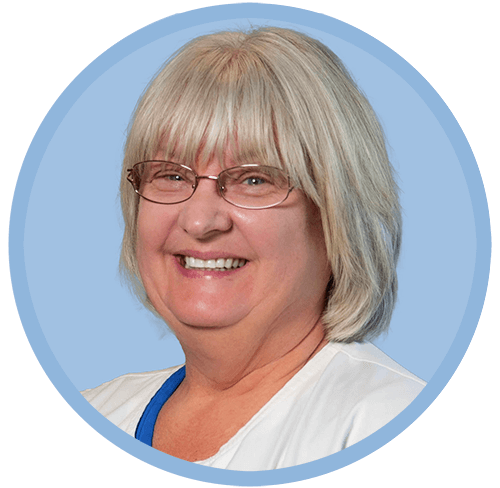THIS IS WHERE…
Stroke Care Meets Excellence!
Explore the Transformative Power of UHC’s Stroke Care.
For additional information, contact Brenda Conch 681-342-1870.
We understand that every stroke is critical and requires immediate attention and specialized care. Our Stroke Care program is designed to provide comprehensive support from the moment a stroke occurs, guiding patients through the journey of recovery. With cutting-edge medical expertise and a compassionate team, we strive to impact your recovery significantly.
What is a Stroke?
A stroke is a sudden and critical medical event that occurs when there is a disruption of blood flow to the brain. This interruption deprives brain cells of oxygen and nutrients, leading to rapid cell death. Strokes are often referred to as “brain attacks” and demand immediate attention as they are medical emergencies.
What does a Stroke look like?
There are two main types of strokes: ischemic strokes and hemorrhagic strokes.
Ischemic Stroke:
This type is more common and occurs when a blood clot or plaque blocks a blood vessel, reducing blood flow to a part of the brain. Thrombotic strokes involve a clot forming within a brain blood vessel, while embolic strokes result from a clot forming elsewhere and traveling to the brain. Understanding these distinctions is crucial for addressing this type of stroke effectively.
Hemorrhagic Stroke:
This less common but more severe type happens when a blood vessel in the brain ruptures, causing bleeding around the brain. Intracerebral hemorrhages involve bleeding within the brain tissue, while subarachnoid hemorrhages occur in the space between the brain and its surrounding membranes. Recognizing these differences is key to dealing with this type of stroke appropriately.
Both types of strokes demand immediate medical attention to optimize the chances of successful outcomes and mitigate serious consequences.
What Causes a Stroke?
Strokes can be caused by various factors, including blood clots, ruptured blood vessels, or obstructions in vessels leading to the brain. Conditions like high blood pressure, smoking, diabetes, and heart disease contribute to stroke risk. Identifying and managing these factors is crucial for prevention.
What should I do if I suspect a stroke?

Recognizing the signs of a stroke is crucial for prompt intervention. Common symptoms include:
- Sudden Numbness or Weakness: Especially on one side of the face, arm, or leg.
- Confusion or Trouble Speaking: Difficulty forming coherent sentences or understanding speech.
- Severe Headaches: Particularly abrupt and intense headaches.
- Trouble Seeing: Sudden blurred or double vision.
- Dizziness or Loss of Balance: Sudden unsteadiness or difficulty maintaining balance.
If you or someone you know experiences these symptoms, do not hesitate to seek emergency medical attention immediately. Early detection and treatment can significantly improve the chances of a successful recovery.
Who is at risk of a Stroke?
Stroke can affect anyone, but those aged 65 and above face an increased risk. Conditions like high blood pressure, high cholesterol, Type 2 diabetes, and a history of stroke amplify susceptibility. Globally, strokes rank second among causes of death. At UHC, we address individual risk factors for a proactive approach to health.

Contact Brenda Conch at 681-342-1870 to learn more about our transformative Stroke Care program.